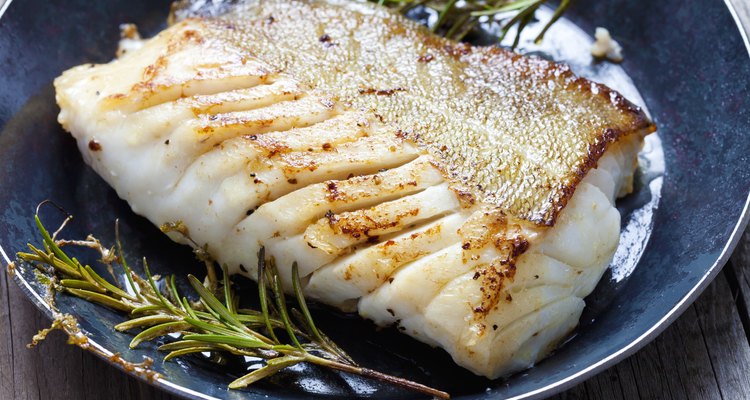
Tuned_In/iStock/GettyImages
A brine solution uses cold water and salt to add moisture to meats, poultry and seafood. Fish cooks quickly and is easily overcooked, leaving it sadly dry and unappealing. Brining helps it stay moist and flavorful, and means you're less likely to overcook your fish if you're momentarily distracted.
When to Brine
Brining works with any fish, but some types of fish benefit more than others. Brine pieces of fish with little fat, as low fat content makes fish more likely to dry out during cooking. Low-fat fish types include cod, flounder, tuna, mahi-mahi and halibut. Large pieces of fish also may benefit from brining, as the larger fish needs more time to cook completely. The more time the fish spends on the heat, the greater the risk for drying out. Shrimp is another type of seafood that benefits from brining.
Brining Solution
Use kosher salt for the brining solution to eliminate substances such as iodine that may affect flavor. For every quart of cold water, mix in 1/2 cup of kosher salt. If you use table salt, reduce the amount to 1/4 cup. Add 1/2 cup of sugar for sweetness. Stir the salt and sugar into the water until the crystals dissolve. Choose a container that is large enough to hold the piece of fish comfortably. Most fish will fit in a large plastic bag or a large bowl.
Brining Method
Place the fish into the brining solution so it stays completely submerged. Keep the brining fish in the refrigerator to avoid spoiling. Limit brining time to about 30 minutes to avoid drying out the fish with the salt. Rinse the fish pieces with cold water at the end of the brining time to remove excess salt.
The Lower-Salt Option
One hazard of brining fish is that you'll leave it in the brine for too long, leaving it unnecessarily salty and altering its texture for the worse. Food science site Modernist Cuisine suggests a different approach, using a much lighter brine -- only a few tablespoons of salt to a quart of water -- which allows you to leave the fish in its brine for hours, with no risk of over-salting.
Cooking
The brining technique works for all methods of cooking the fish. Options include broiling, roasting, pan searing and grilling. Once you brine the fish, season it with herbs and spices before cooking. The brined, cooked fish becomes part of a complete meal when served with side dishes of rice or potatoes, steamed vegetables and a green salad. A bottle of creamy salad dressing can double as a flavorful tartar sauce substitute.
Related Articles
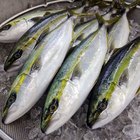
The Best Way to Smoke Yellowtail
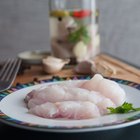
How to Pickle Fish
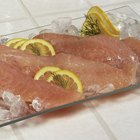
How to Brine Fish Before Cooking It

How to Grill a Cod Fish

How to Cook Grunt Fish
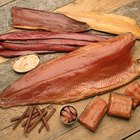
How Do I Cold-Smoke Fish?

How to Cook a Bullhead Fish
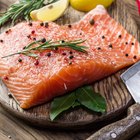
How to Cook Salmon to Moist & Tender ...
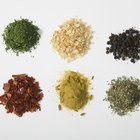
How to Bake Mullet
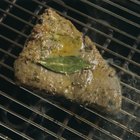
Can I Cut Freezer-Burn Off a Tuna Steak ...

How to Cook Silver Fish Filipino Style
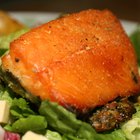
How to Brine a Grilled Salmon

How to Brine Trout to Smoke

How to Pan-Sear Swordfish

How Long Does Tilapia Last Refrigerated?

Soaking Shrimp or Scallops in Lime Juice
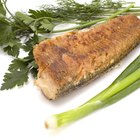
How to Freeze Cod Fish
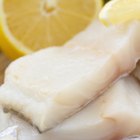
How Long Can Halibut Be Kept Frozen?

How to Bake a Whole Cat Fish
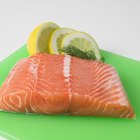
How to Marinate and Pan-Sear Salmon
References
Writer Bio
Shelley Frost writes professionally on a full-time basis, specializing in lifestyle, family, parenting and relationship topics. She holds an education degree and has extensive experience working with kids and parents.